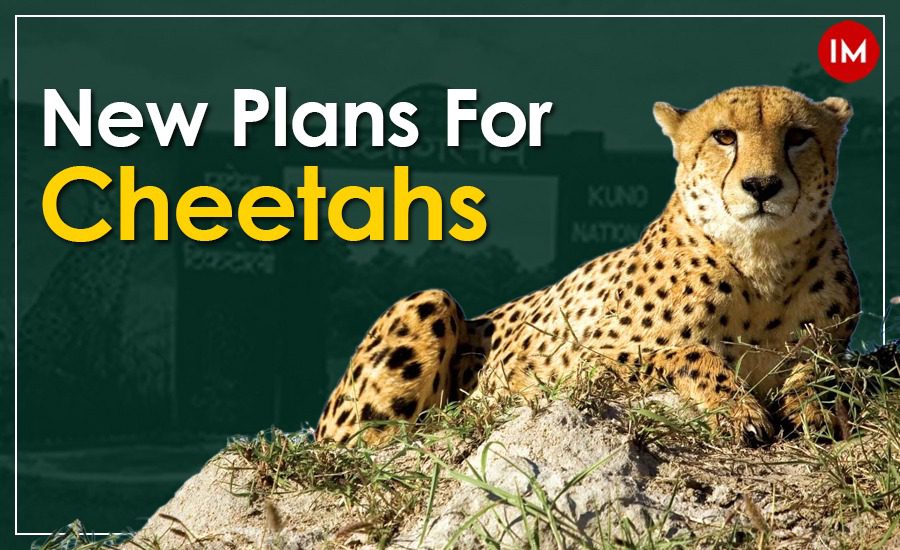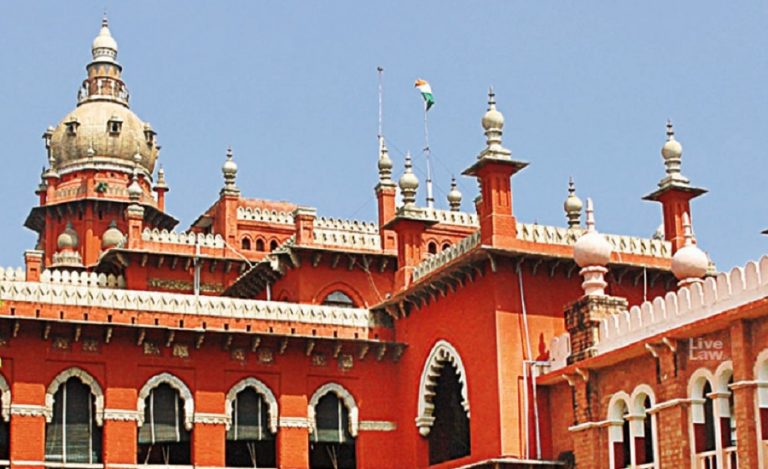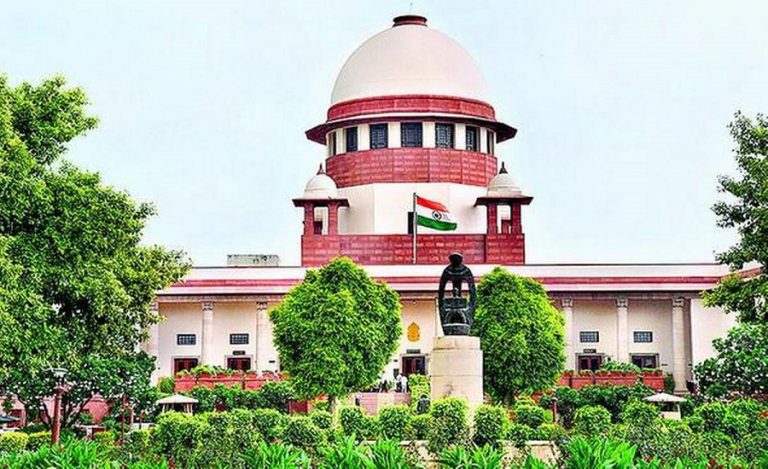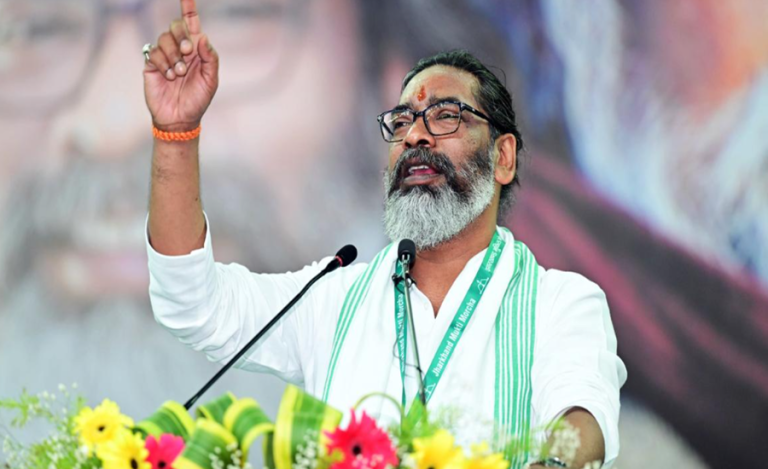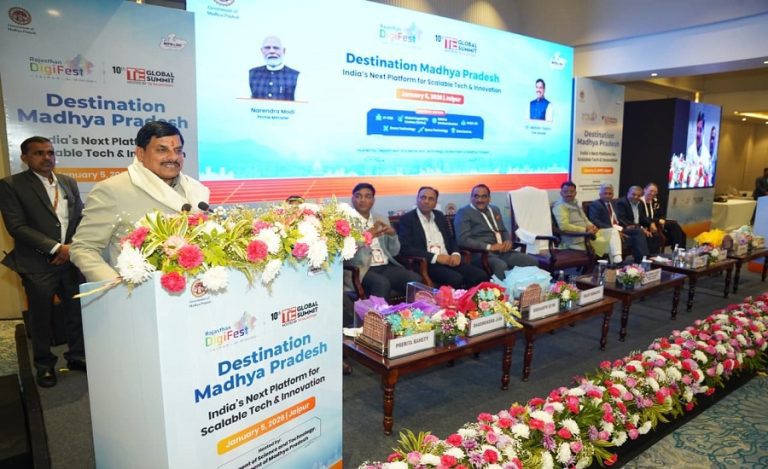The lone surviving and yet to be named cub of Cheetah Jwala is a jewel in the crown of Project Cheetah launched by Government of India one year ago. The fact that it has survived for six months is in fact, a major indicator of the Project’s success. It is expected to start hunting on its own in next year or so. That’s why the government has decided to expand the project by introducing Cheetahs in two more sanctuaries in next few months.
Besides, a Breeding Centre, Research Centre, Interpretation Centre, Cheetah Management Training Centre and Cheetah Safari are also being planned at Kuno in next two years. At least nine forest personnels have been deployed per Cheetah for tracking their movement and behaviour, using drones, elephants and of course radio collars.
Prime Minister Narendra Modi has released two Cheetah imported from Namibia in Madhya Pradesh’s Kuno National Park (KNP) on September 17, 2022. Although six of the imported 20 Cheetahs and three out of the four cubs born to Jwala, have died under different circumstances during past one year, the government considers the project a success. In reintroduction of Cheetahs, a 50 per cent survival in first year is considered an achievement but in India the survival rate is 70 per cent.
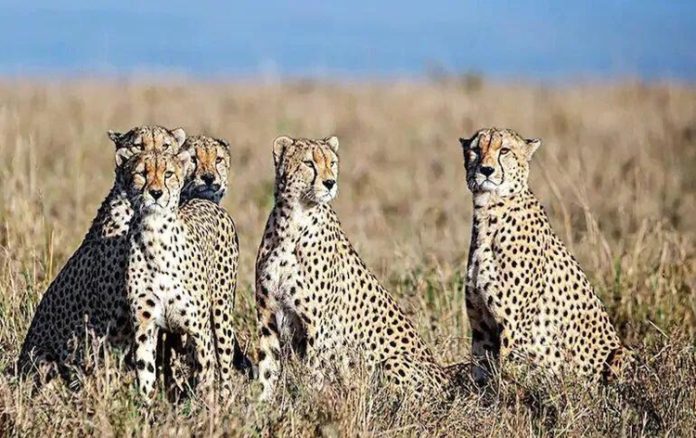
FOUR OF SIX GOALS ACHIEVED
South African and Namibian Cheetah have acclimatised themselves to KNP and have been hunting in the wild. They have also reproduced successfully. Cheetah Jwala mated with Gaurav and gave birth to four cubs. Its another matter that three cubs couldn’t survive the extreme heatwave – the temperature in KMP was hovering between 45 and 47 degrees Celsius at the time. The project is also contributing revenue to the local communities directly through their engagement as cheetah trackers and indirectly by way of appreciation of land value in the surrounding areas of Kuno.
Member Secretary of National Tiger Conservation Authority (NTCA) Mr SP Yadav told Indian Masterminds that out of the six short-term goals set for the project, four have already been met. Buoyed by the success, Government is planning to introduce another batch of Cheetahs in next three months.
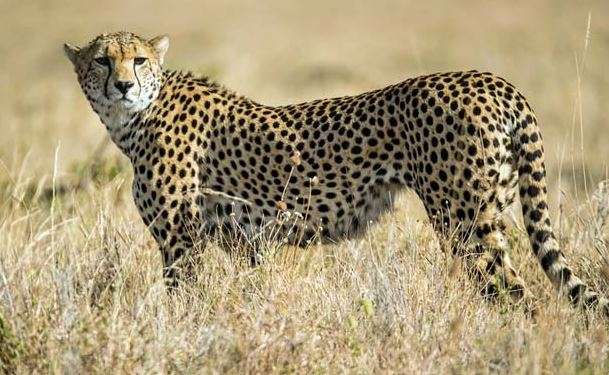
TWO NEW SANCTUARIES PLANNED
It is also preparing two more habitats for them in Madhya Pradesh– Gandhi Sagar and Nauradehi. While Nauradehi is MP’s largest wildlife sanctuary covering 1197 Sq Kms in four districts Sagar, Damoh, Narsinghpur, and Raisen, Gandhi Sagar wildlife sanctuary is spread across 368.62 Sq Kms in two Western districts Mandsaur and Neemach, adjoining Rajasthan.
No, Cheetahs won’t be shifted to Gadhi Sangar from KMP. The next set of feline animals to be imported from South Africa would be relocated in Gandhi Sagar, says Mr Yadav. The carrying capacity of Kuno is about 20 Cheetahs; Kuno at present has 15 Cheetahs including the 6-month-old cub. “We need multiple sites in the country as per the Cheetah Action Plan to establish viable meta population. Gandhi Sagar will be the next Cheetah habitat”, he said. Boma and quarantine areas are being built there for Cheetahs.
The challenging inter-continental, wild to wild, Cheetah translocation by air, from Namibia and South Africa to India is first ever such effort undertaken in the world to rectify the ecologically wrong done in the past. Normally intercontinental long distance cheetah translocations have inherent risk of mortalities, however, 8 Cheetahs from Namibia and 12 Cheetahs from South Africa were successfully translocated to the KMP.
Of the six Cheetah who couldn’t survive, one Namibian female died of kidney ailment; a South African female died in a courtship conflict; while three male South African cheetahs and a female Namibian cheetah died of dermatitis/skin infection. Mr Yadav categorically ruled out any death due to radio collar-induced infections.
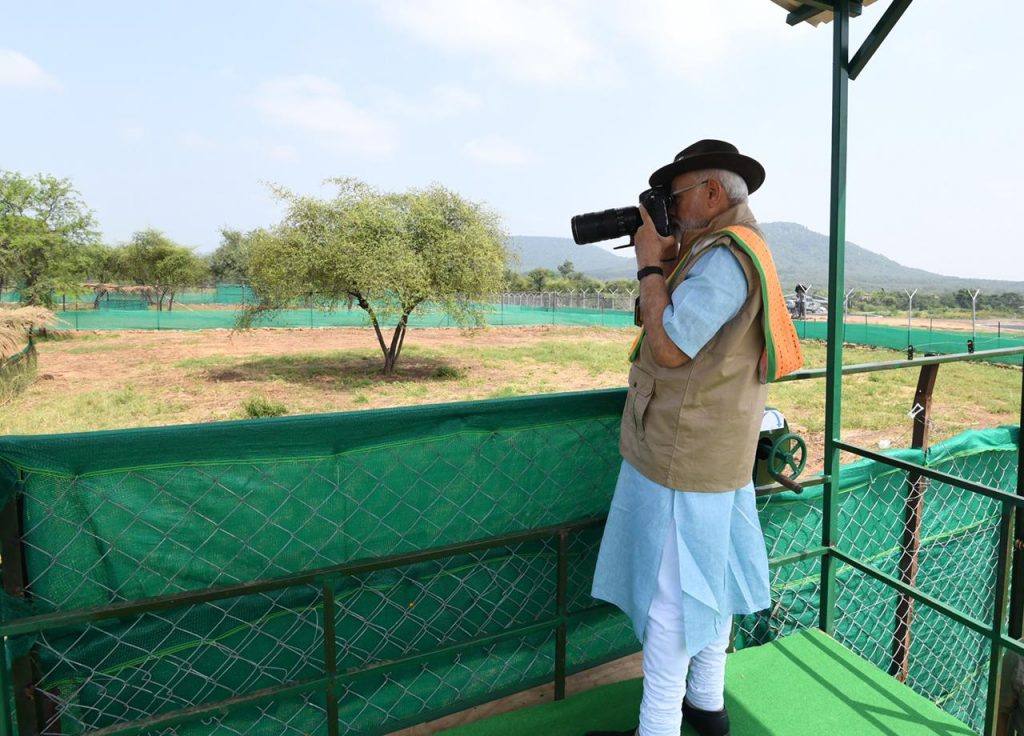
ADAPTING WELL
Most of the Cheetahs are adapting well to the Indian conditions and showing normal qualities like hunting, exploring the landscape, protecting their kill, avoiding/chasing other carnivores like leopards & hyena, establishing own territory, internecine fights, courtship and mating & no negative interactions with human beings.
“It’s a long-term project. 12-14 cheetahs are planned to be brought from South Africa/Namibia/ other African Countries, annually for the next 5 years till their population stabilises”, he added. The two Namibian female cheetah, with wild origin but reared in captivity, are showing signs of wild behaviour due to re-wilding efforts. After some more evaluation and monitoring they may be released in the wild.
JUST LIKE MASAI MARA
Cheetah Steering Committee Chairman Dr Rajesh Gopal, who inspected the Gandhi Sagar Sanctuary on September 16 told Indian Masterminds, “The area is promising. It looks like Kenya’s Masai Mara with open glades, a rocky area, shallow soil. There is just one village inside the sanctuary with very few villagers who too are willing to be relocated. We only need to ensure adequate prey base in the sanctuary before introduction of Cheetahs.”
There should be 35-40 angulates (prey varieties) per square km area for a Cheetah’s introduction in a sanctuary. Their per annum growth should be more than what can be consumed by the big cats, including leopards present in the area.
The steering committee has suggested that cheetahs with thinner coats be introduced in India as the previous batch had “thicker winter coats” that did not suit humid weather conditions in the Indian monsoon. “We are also working on introducing state-of-the-art lightweight radio collars,” Dr Gopal said.
GandhiSagar WLS of MP.. promising new home in the making for Cheetah .. commendable efforts of local officers and frontline! pic.twitter.com/DGfB8LWVs1
— Dr Rajesh Gopal (@Dr_RajeshGopal) September 15, 2023
A year of speed, grace, and untamed spirit! Join us in commemorating #OneYearWithCheetahs as they continue to inspire us with their presence in Kuno. Together, we can ensure their legacy lives on pic.twitter.com/JXupzpYAyO
— MoEF&CC (@moefcc) September 16, 2023
The Green Tamil Nadu Mission has taken massive green steps with 5.5Cr seedlings raised in 1930 nurseries across Tamil Nadu this year. We hope to generate about 45 lakh days of green jobs. For the first time the Mission is setting up 100 Maragatha Pooncholai (village woodlots)… pic.twitter.com/3YBUqpS8nG
— Supriya Sahu IAS (@supriyasahuias) September 16, 2023
Working in field for protecting and conserving wildlife is not easy. It takes years of hard work to bring some change. 👍 https://t.co/72yYUCtSgI
— Ramesh Pandey (@rameshpandeyifs) September 16, 2023
Meet another of our #EverydayHeroes, Devendra@KunoNationalPrk #OneYearWithCheetahs pic.twitter.com/qxqNrmpR0j
— National Tiger Conservation Authority (@ntca_india) September 16, 2023
I spoke to @supriyasahuias on wildlife conservation, the meendum manjapai campaign, sustainability, and more. @herstoryYS @YourStoryCo #womeningovernancehttps://t.co/1bjxEGVZsD
— Rekha Bala (@rekhabaala) September 16, 2023
The countdown to One Year of #Cheetah reintroduction has begun @KunoNationalPrk One Year of valuable insights into the intricacies of ecosystem restoration, species reintroduction & habitat management. pic.twitter.com/VRGo0P3XRa
— MoEF&CC (@moefcc) September 14, 2023
Cheetah Mitra.. meer Ankur who has been working tirelessly for past one year and helped in establishing a grand area for #Cheetah
— Kuno National Park (@KunoNationalPrk) September 17, 2023
Celebrating #OneYearWithCheetahs pic.twitter.com/ddh17FcgpY
#OneYearWithCheetahs
— Department of Forest, MP (@minforestmp) September 16, 2023
—
चीतों के भारत आगमन का एक वर्ष पूर्ण होने पर 17 सितंबर 2023 को कूनो नेशनल पार्क में होगा विशेष आयोजन #CheetahStateMP #JansamparkMP pic.twitter.com/r7RaXxEJjR
A ray of sunshine, a ray of hope… the firstborn @KunoNationalPrk is growing up fast…
— National Tiger Conservation Authority (@ntca_india) September 17, 2023
Sep 17 – Celebrating #OneYearWithCheetahs#SundayMorning #naturelovers #SundayMotivation pic.twitter.com/yddlZ3HFNy
One year of Cheetah's return! 🐆🇮🇳
— Bhupender Yadav (@byadavbjp) September 17, 2023
One year ago, Kuno in Madhya Pradesh welcomed back one of India’s apex predators, the Cheetah, lost to habitat loss and hunting.
Join me in commemorating this historic day of Cheetah’s return.
Together, we can ensure they thrive in India… pic.twitter.com/4oElKSCo4D
VIDEO | "First thing that comes to my mind is the breeding of cheetahs. Cubs born on Indian soil will have much better chances to adapt and survive in Indian situations. Once the breeding takes place, we will understand how the population will behave in our country," says Cheetah… pic.twitter.com/O2uSCII4dh
— Press Trust of India (@PTI_News) September 16, 2023
@moefccSept 17, 2022: Cheetahs returned to India, a symbol of hope for wildlife preservation and security of biodiversity. Let's raise awareness and ensure their future! #OneYearWithCheetahs @moefcc @ntca_india @spyadavifs @vrtiwari1 pic.twitter.com/ZvGeF67Asf
— Wildlife Institute of India (@wii_india) September 16, 2023
Kuno National Park's Cheetah reintroduction is a testament to our nation's dedication to conservation. 🇮🇳 This milestone reminds us of the vital role we play in preserving biodiversity for future generations. Let's continue to protect and cherish our majestic wildlife! @wii_india… pic.twitter.com/ePd5tFY782
— Wildlife Institute of India (@wii_india) September 15, 2023
Celebrating the one-year milestone of Project Cheetah! Let's keep working together to protect these magnificent creatures and ensure a brighter future for them! #ProjectCheetah #WildlifeProtection#OneYearWithCheetahs pic.twitter.com/DYTYgCZYLk
— MoEF&CC (@moefcc) September 17, 2023
A roaring success! India's cheetah reintroduction program completes one year, and the progress is truly inspiring. Let's use this moment to raise awareness and show the world the importance of preserving our planet's biodiversity. #ProjectCheetah #OneYearWithCheetahs pic.twitter.com/0MouWe516S
— MoEF&CC (@moefcc) September 17, 2023

